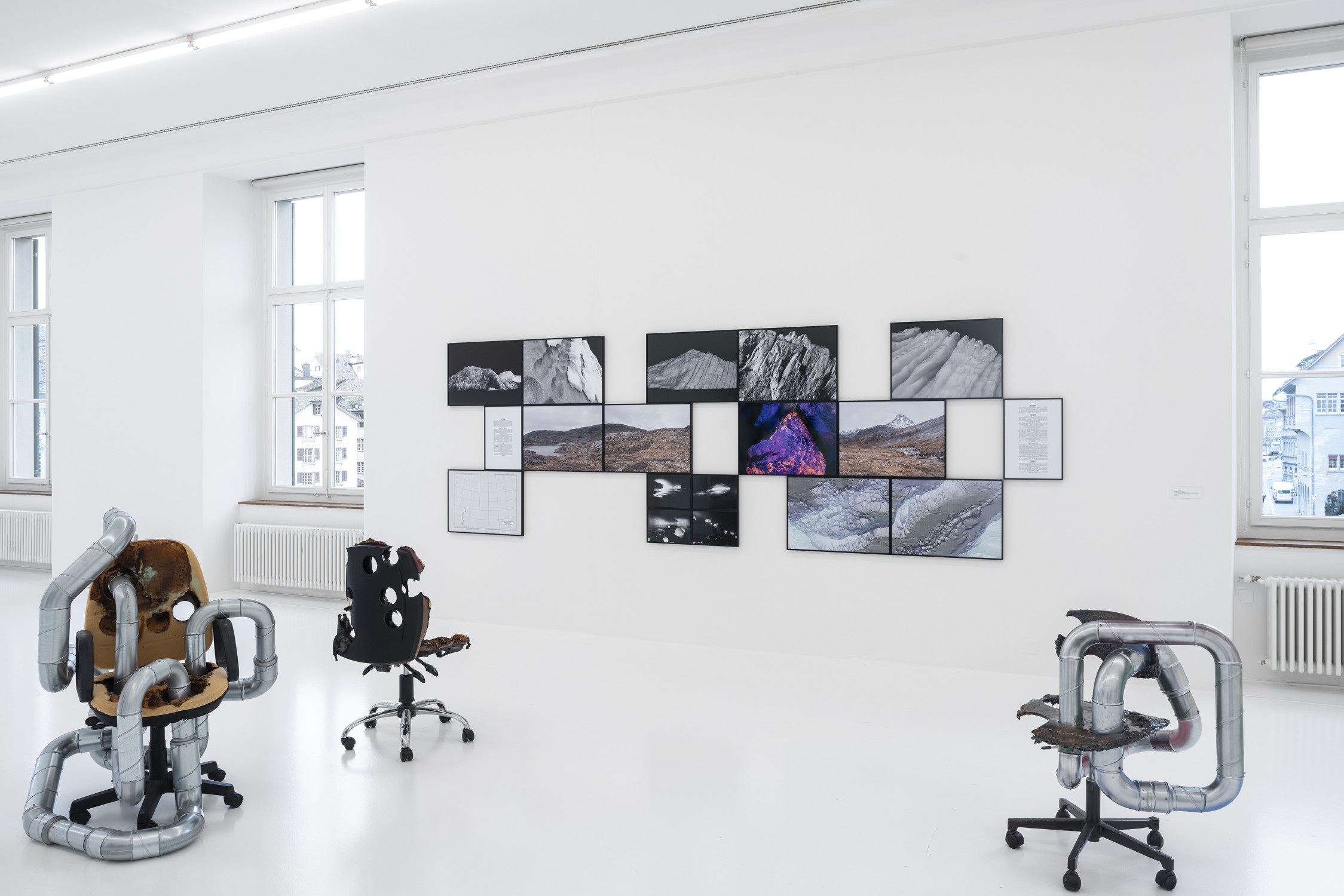

The Other Side of Ice
The historical scientific findings as well as the romanticized narratives and images of the Arctic strongly influence our perception of this part of the world today. With retreating ice, formerly inaccessible places and resources become accessible, the invisible becomes visible, national borders are shifting and new claims to resources are made. The Arctic is changing as never before, away from a romantic, idyllic image of wild, raw nature towards a technological place full of economic interests. The Arctic is turning into a hotspot, a place where both art and science have to form a new image and find a new understanding of this part of the world.
Through global warming, the Arctic is awakening new desires in land and sea distribution, raw material extraction and new global trade routes. The symbolic conquest of the seabed under the North Pole started in 2007: With a largescale diving operation at the North Pole, Russia has asserted its claim to the rich oil and gas reserves in the Arctic. An important player in this game is science. With its measurements and data it paves the way for the distribution of seawater, which in turn is used for infrastructure projects and the extraction of raw materials. The work will be a research on the polar regions and their transformation from an untouched wilderness to a new key economic location in a globalized economy.
Exhibition view from the Exhibition Zirkuliere! at Helmhaus Zurich
Framed inkjet and chromira prints, framed, 461 cm x 153 cm